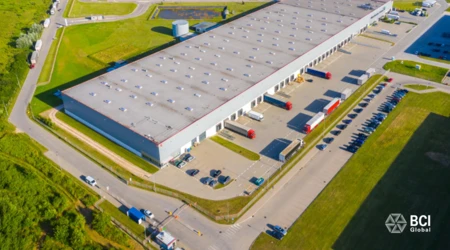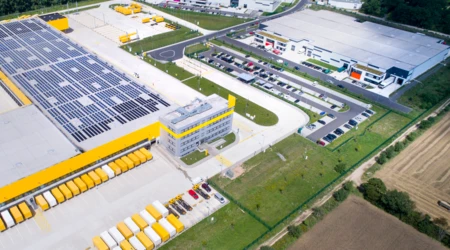Manufacturing Footprint Optimization
Optimizing your manufacturing footprint is more important than ever before. Global uncertainties and disruptions are driving many companies to determine how to prepare their manufacturing footprint for the future from for example the perspectives of cost, risk and sustainability.
We have extensive experience in this field, combining deep footprint analysis skills and experience with knowledge about manufacturing hotspot location around the globe. We can provide you with comprehensive analyses and data-driven recommendations to help you identify the best manufacturing footprint for your business.
In the current global environment, uncertainty is a given. Geopolitical turmoil, (manufacturing ) technology developments, labor market challenges, tax climate changes to name a few, are drivers for your company to review and optimize your company’s manufacturing footprint. Strategic considerations that should be included in the scope of your manufacturing footprint initiatives are for example:
- Can we de-risk our manufacturing footprint through decentralization?
- Should we consolidate to maximize economies of scale or should we manufacture close to our customer base in a decentralized footprint?
- What will be the impact of smart manufacturing technologies on our optimal footprint for the future?
- How should we balance Make versus Buy strategies?
- Are strategies such as near-sourcing, near-shoring, re-shoring, China+1, viable strategies for our company?
Our thorough process, with quantitative analyses combined with qualitative and risk analyses, allows you to determine the best footprint solution for your manufacturing operations taking into account business strategy, volume projections and expected external developments.



Starting points of our manufacturing footprint optimization approach
Our proven approach is built on the following starting points, ensuring a thorough, detailed and fact-based assessment.

Manufacturing footprint scenarios
A manufacturing footprint scenario can include three basic building blocks:
- Manufacturing footprint configuration - for example consolidated versus more decentralized footprint options.
- Candidate locations – current location and potential new locations
- Make vs Buy options
In a manufacturing footprint optimization project you have the opportunity to test several (types of) footprint scenarios, ranging from relatively small improvements of the current footprint without significant investment needs towards more extreme scenarios with significant optimization potential, but also requiring much more effort and budget to implement.
Factors included in the analysis
In our approach we include a full cost analysis of your company’s AS-IS footprint and future scenarios: operating costs (OPEX) plus capital expenditures (CAPEX) and transition costs. Only by including the combination of these types of financial factors the real optimal scenario for your company’s future can be defined. As an illustration from a recent project: implementing the lowest operating cost scenario by relocating significant capacity to a low cost location in Mexico or Thailand also led to very high investment requirements and change costs, making that scenario overall by far the highest cost one.
In manufacturing footprint analysis it is not only about costs. The optimal scenario is also driven by qualitative factors that have a direct impact on the customer (e.g. service levels, reliability, speed of supply) and by conditional factors such as risks and complexity of the footprint.


01 May 2025

26 March 2025

26 March 2025

13 January 2025

22 December 2024

20 September 2024




20 January 2021

04 December 2023

17 November 2023

28 September 2023

11 July 2023

10 May 2023

03 April 2023

24 March 2022

28 September 2021

01 September 2021

01 September 2021

01 July 2021










